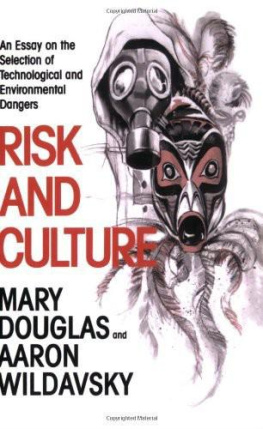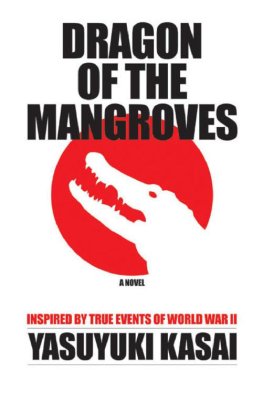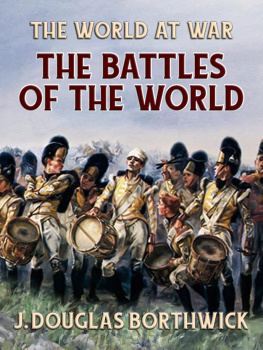First published 1963 by the International African Institute
This edition published 2003
by Routledge
2 Park Square, Milton Park, Abingdon, Oxon, OX14 4RN
Simultaneously published in the USA and Canada
by Routledge
270 Madison Ave, New York NY 10016
Routledge is an imprint of the Taylor & Francis Group
Transferred to Digital Printing 2007
International African Institute 1963
Typeset in Times by
Keystroke, Jacaranda Lodge, Wolverhampton
All rights reserved. No part of this book may be reprinted or reproduced or utilised in any form or by any electronic, mechanical, or other means, now known or hereafter invented, including photocopying and recording, or in any information storage or retrieval system, without permission in writing from the publishers.
British Library Cataloguing in Publication Data
A catalogue record for this book is available from the British Library
Library of Congress Cataloging in Publication Data
ISBN 0415283973 (set)
ISBN 0415291046 (volume I)
Publishers Note
The publisher has gone to great lengths to ensure the quality of this reprint but points out that some imperfections in the original may be apparent
CONTENTS
Relation of the Lele with other members of the Kuba group and with other tribes in the region. Soil, climate and demography compared with other tribes. Pattern of settlement, migration and expansion northwards; dispersed groups of brother villages; size and stability of villages.
Fixed resources less valued than labour, comparison with tribes of lower Congo; emphasis on individual productive work; tendency to use less equipment and to work for shorter-term results than Bushong. Older mens disadvantages in production and consequent disharmony with their high place in status pattern.
Concordance between economy and status pattern restored by distribution of durable wealth. Perishable goods distributed within village through channels of kinship; durables given by young men to old as fees and dues. Internal and external barter trade; value of goods in raffia and in Congo francs. Bias of social system against full exploitation of environment.
Village headship placed outside field of competition. Fission on descent lines checked by cross-cutting principles; age-organization containing and directing competition between men for wives and providing a village structure of balance, not hierarchy.
The non-corporate character of dispersed matrilineal clans. Founding sections of clans remaining in permanent association with villages. Campaign of recruitment to local clan sections to reassemble dispersed members from other villages. Parity of status for all resident members of local clan section, regardless of genealogical links. Absence of clan ritual. Success of small clan sections, inadequacy of large clan sections in achieving unity and harmony between members, pooling resources, etc.
Male status defined in terms of fatherhood and grandfatherhood. Preferred marriage with daughters daughter secures control of girls for senior generation. Fears of sex pollution express difficulty of ensuring female compliance. Role of son-in-law supplements deficiency of junior clansmen.
The village as communal husband and as communal father. Son-in-law of the village, embodiment of its autonomy. Marriage of village daughters a source of revenue to village treasury.
The field in which local clan sections compete. Compensation for death caused by sorcery or sex-pollution made by transferring defined rights over a woman and her matrilineal descendants. Resulting status of pawn co-ordinated with bilateral emphasis in Lele kinship and with preferred marriage. Transfer of pawns in a village a means of settling quarrels which threaten to split it. Lack of machinery of coercion between clans.
Villages also claim blood debts, making their female pawns into village-wives. Clan sections can enforce settlement of claims against other clans by selling their debt in an inter-village system of dispute brokerage. Attempt to use tribunals of Colonial Administration as neutral instrument to enforce blood-debt payment.
Villages entirely autonomous in relations with other villages. Killing by violence a matter for vengeance by village, not clan. Prestige of the warrior. Case histories of village raiding. Aristocratic clan of Tundu did not limit village autonomy: its traditional role, social and religious, not political. Unsuccessful attempt of Colonial Administration to govern through aristocratic clan.
Belief in spirits control of hunting and fertility used as a sanction on quarrels in the village. Recruitment to cults; lack of congruence between cult and clan seniority. Amiable collaboration of ritual specialists achieved through moral pressures and fear of accusation of sorcery. Illustrated by hunting sequence.
Lele sorcery beliefs reflected resentment of young men against old; accusation, a weapon in hands of younger men, contributed to weakness of authority and reflected real distribution of power. Official diviners post an extension of inter-village hostility. Diviners attempts to brake and divert popular suspicions. Conflict of opinion about responsibility for death, formerly resolved by poison ordeal; in 1949, by exile from village.
Poison ordeal and anti-sorcery cult. Ordeal either eliminated accused or confounded his accusers, settled conflicting views of causes of death definitively. Blood debts only admitted by clansmen of persons who succumbed to ordeal. Eviction of supposed sorcerer left conflicts unresolved. Anti-sorcery cults, supposed to kill would-be sorcerers, a solution to social problems raised by abolition of ordeal. Return of exiles in 1953.
Administration built roads, established peace, paved way for success of commerce and missions. H. C. B., palm-oil company, gave opportunities for employment. Initial resistance of Lele to monetary economy expressed desire of older men to retain control of status pattern favouring themselves. Immense success of mission which offered protection to Christians contracting monogamous marriagesa means of circumventing old mens control of wives.
PREFACE TO NEW EDITION
It will soon be thirty years since I arrived in the country of the Lele. At that time the Belgian colonial presence had been effective for about twenty years. I saw a people who were then in the midst of drastic adaptation. Meanwhile, their country has become independent and they have adapted again to new challenges. It is such a deep pleasure to see a fresh edition of my first book that I must again record my thanks to the International African Institute. For me, these pages are haunted by the memory of Daryll Forde, its director, who gave every kind of intellectual and moral support and funds for my field-work. They are also haunted by the Lele I used to know and by new unseen friends, young Lele, who have been writing to me in impeccable French. It is from their ranks that scholars, trained in modern techniques of research, will continue Lele studies. The productive side of their economy seemed to me at the time of writing a model of our own plight in Britain. Outpost then of a great European tradition, but a poor relative, less energetic, less investment-minded, we in this island seemed to parallel the case of the Lele outpost of the Kuba tradition and poorer neighbours of the then thriving, pushful Bushong. I did not guess that three decades later Britain would still be in the same state of relative economic disadvantage. But I did expect that this study would have relevance for the economics of development. There I have not been disappointed, for the Lele case is often mentioned in writings of anthropologists interested in economics. However, I am never clear as to the moral to be drawn from the comparisons. When Americans come to Britain and say how they love this quiet little place, with its uncompetitive people, compared with the harsh striving and the large-scale achievements of their own cities, I recall how the Lele admired the scale of Bushong organisation and the splendours of its court. In his











